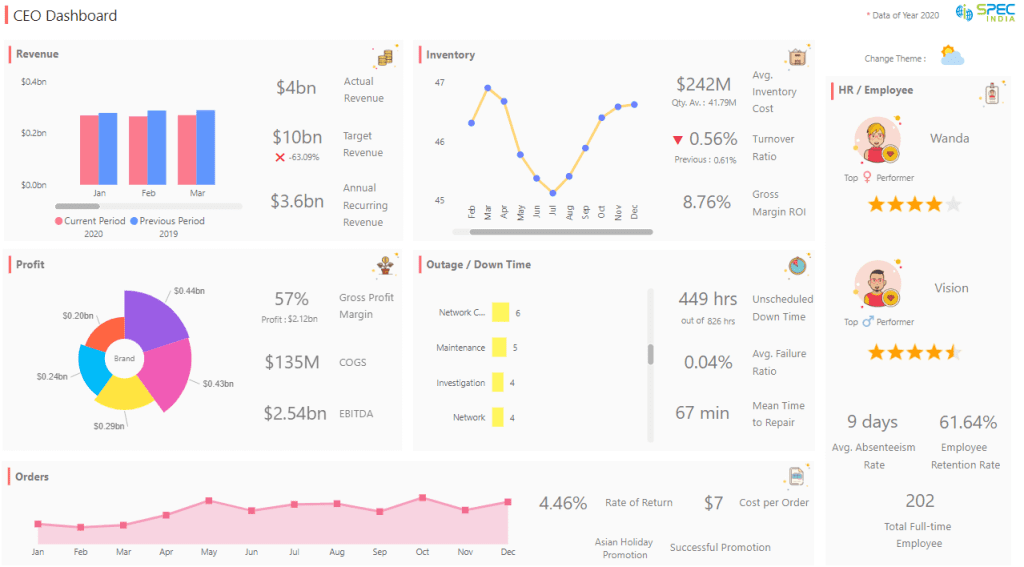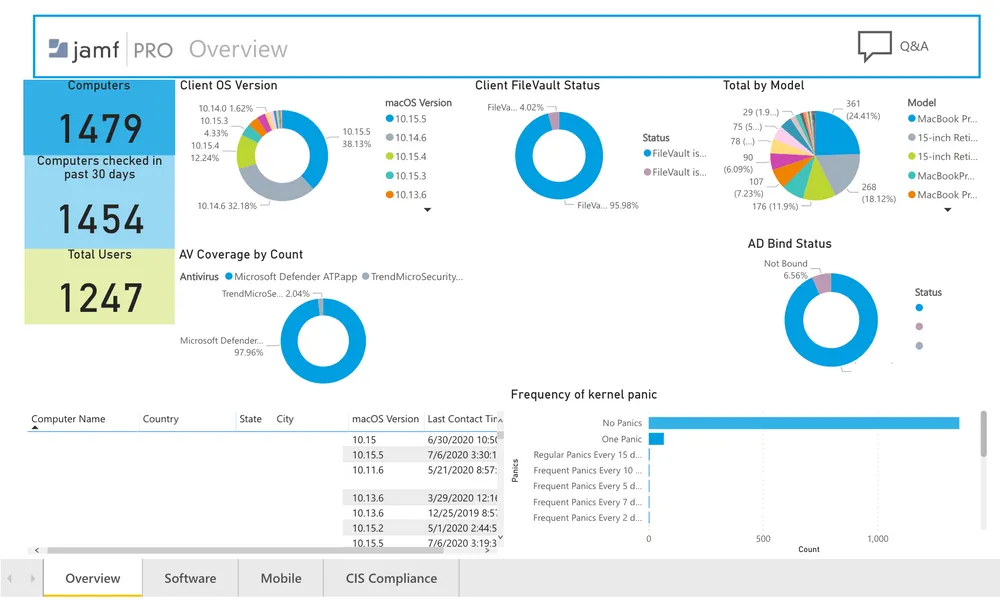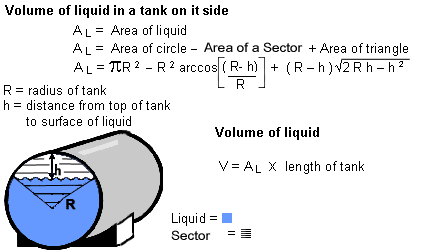The Power of One Table: Unlocking Insights

In the world of data analysis and decision-making, the concept of a single unified table holds immense power. This idea, often referred to as a "one table" strategy, is a powerful approach to organizing and interpreting data, providing a clear and concise view of information that can drive significant insights and business decisions.
Imagine having all the critical data you need to understand a complex phenomenon or make informed choices about a business strategy condensed into one comprehensive table. This is the essence of the "one table" approach, and it can be a game-changer for businesses, researchers, and analysts alike.
Understanding the "One Table" Strategy

The "one table" strategy, or the concept of a single unified data table, is an innovative way to present and analyze data. Instead of spreading information across multiple tables or spreadsheets, this approach advocates for consolidating all relevant data into a single, structured table.
This strategy is not merely about convenience; it is a powerful tool for data analysis and interpretation. By bringing together diverse data points into a unified view, analysts can quickly identify patterns, correlations, and trends that might otherwise be hidden or difficult to discern.
The Benefits of a Single Unified Table
The advantages of this strategy are multifaceted and can have a significant impact on data-driven decision-making processes.
First and foremost, a single unified table simplifies data analysis. It eliminates the need for complex joins and queries across multiple tables, making the analysis process more efficient and reducing the risk of errors.
Secondly, it provides a holistic view of the data. By presenting all relevant information in one place, analysts can quickly identify relationships and dependencies between different data points. This holistic perspective is invaluable for understanding complex systems and making informed decisions.
Additionally, a single table can enhance data visualization. With all the data in one place, creating charts, graphs, and other visual representations becomes more straightforward, allowing for more effective communication of insights to stakeholders.
Real-World Application
Consider a retail business trying to understand its customer behavior and sales trends. Traditionally, this analysis might involve separate tables for customer demographics, purchase history, and marketing campaign data. However, with a "one table" approach, all this information can be consolidated.
| Customer ID | Age | Gender | Purchase History | Campaign Exposure |
|---|---|---|---|---|
| C001 | 35 | Male | Electronics, Clothing | Email Campaign A, Social Ad B |
| C002 | 28 | Female | Cosmetics, Accessories | Social Ad B, In-Store Promotion |
| ... | ... | ... | ... | ... |

In this table, all the relevant information is presented together, making it easier to analyze customer behavior and the effectiveness of different marketing campaigns.
Implementing the "One Table" Strategy

Implementing a "one table" strategy requires careful planning and data architecture design. Here are some key considerations:
- Data Integration: The first step is to identify all the relevant data sources and integrate them into a single table. This may involve data cleaning, transformation, and normalization to ensure consistency and accuracy.
- Column Selection: Decide on the columns (or fields) that are most relevant to your analysis. Include both descriptive and quantitative data to provide a comprehensive view.
- Data Governance: Establish clear data governance practices to ensure the table remains accurate, up-to-date, and secure. This includes defining data ownership, access controls, and regular data quality checks.
- Analytical Tools: Choose analytical tools and software that can handle large datasets and provide the necessary visualization and analysis capabilities.
Tools for the "One Table" Approach
Several tools can facilitate the "one table" strategy, including:
- Database Management Systems: Tools like MySQL, PostgreSQL, or Microsoft SQL Server can be used to create and manage the single unified table.
- Data Warehousing Solutions: Platforms like Amazon Redshift, Google BigQuery, or Microsoft Azure Synapse Analytics are designed to handle large-scale data warehousing and analytics, making them ideal for the "one table" approach.
- Data Visualization Software: Tools such as Tableau, Power BI, or Looker can be used to create visual representations of the data, making it easier to identify patterns and trends.
Challenges and Considerations
While the "one table" strategy offers numerous benefits, it also comes with its own set of challenges and considerations.
One of the primary challenges is the potential for data duplication and redundancy. When consolidating data from multiple sources, it's crucial to ensure that each data point is unique and not repeated unnecessarily. This requires careful data cleaning and normalization techniques.
Another consideration is the size of the table. As more data is consolidated, the table can become quite large, potentially impacting performance and storage requirements. Careful planning and optimization are necessary to ensure the table remains manageable and efficient.
Data Privacy and Security
With a single table containing a wealth of information, data privacy and security become even more critical. It's essential to implement robust security measures to protect sensitive data and ensure compliance with relevant regulations such as GDPR or HIPAA.
Future Implications and Opportunities
The "one table" strategy has the potential to revolutionize how businesses and organizations approach data analysis and decision-making.
As data continues to grow in volume and complexity, the ability to consolidate and analyze data in a single, unified view will become increasingly valuable. This approach can lead to more efficient and effective decision-making processes, helping businesses stay competitive and innovative.
Furthermore, with the advent of advanced analytics and machine learning, the "one table" strategy can provide a robust foundation for these technologies. By offering a comprehensive and structured dataset, it can enhance the accuracy and effectiveness of predictive models and other AI-driven applications.
Conclusion
The "one table" strategy is a powerful concept that can unlock a wealth of insights from data. By consolidating information into a single, unified table, analysts and decision-makers can gain a holistic view of their data, leading to more informed choices and strategies.
While it presents its own set of challenges, the benefits of this approach are clear and significant. As data continues to drive decision-making in the modern world, the "one table" strategy is an innovative and efficient way to stay ahead of the curve.
How does the “one table” strategy compare to traditional data warehousing approaches?
+The “one table” strategy is a more consolidated and simplified approach compared to traditional data warehousing, which often involves multiple tables and complex joins. While traditional data warehousing can handle large volumes of data, the “one table” strategy offers a more streamlined and holistic view, making it easier to analyze and interpret data.
What are the key considerations when designing a single unified table?
+When designing a single unified table, it’s crucial to consider data integration, column selection, and data governance. Ensure that the table is well-structured, with relevant and unique data points, and that it adheres to data quality and security standards.
Are there any limitations to the “one table” strategy?
+While the “one table” strategy offers many advantages, it may not be suitable for all scenarios. For extremely large datasets or complex analytical requirements, a more distributed or federated approach might be necessary. Additionally, ensuring data privacy and security can be a significant challenge when dealing with sensitive information.



